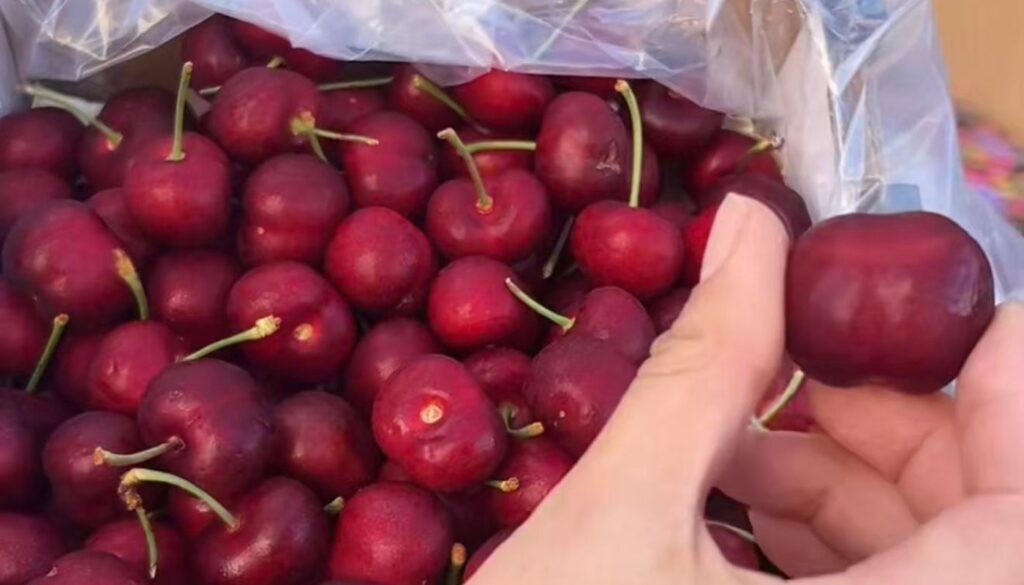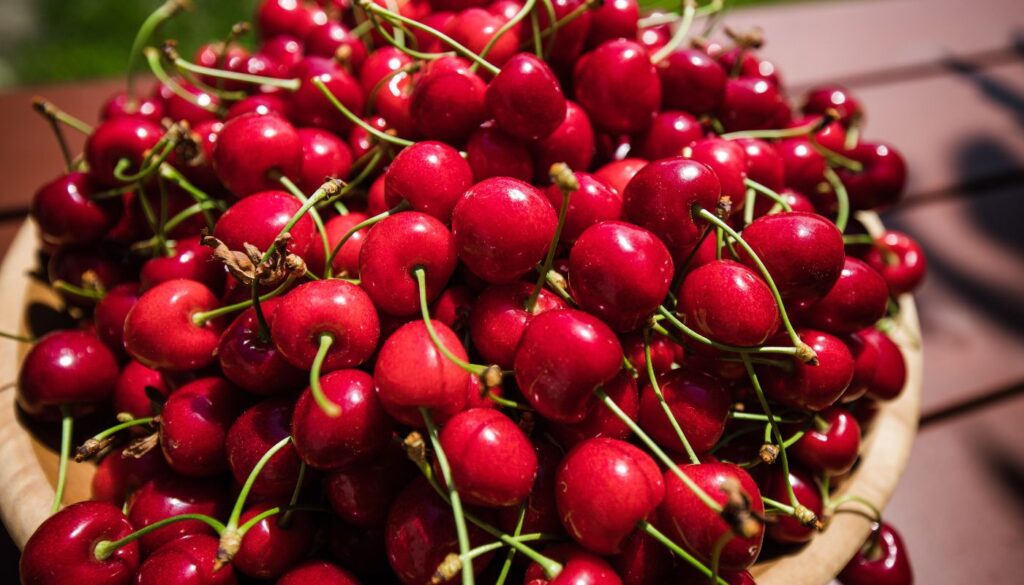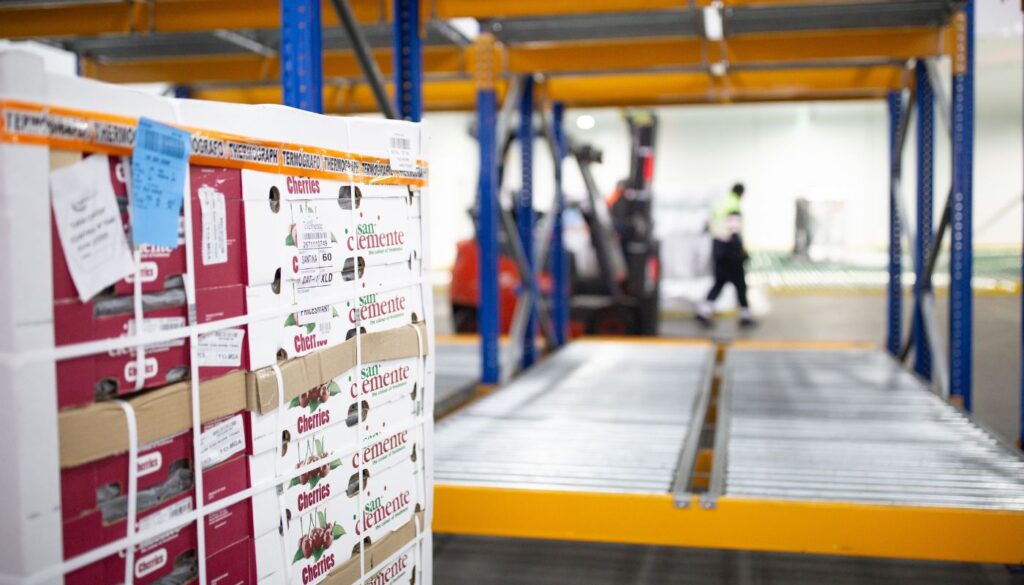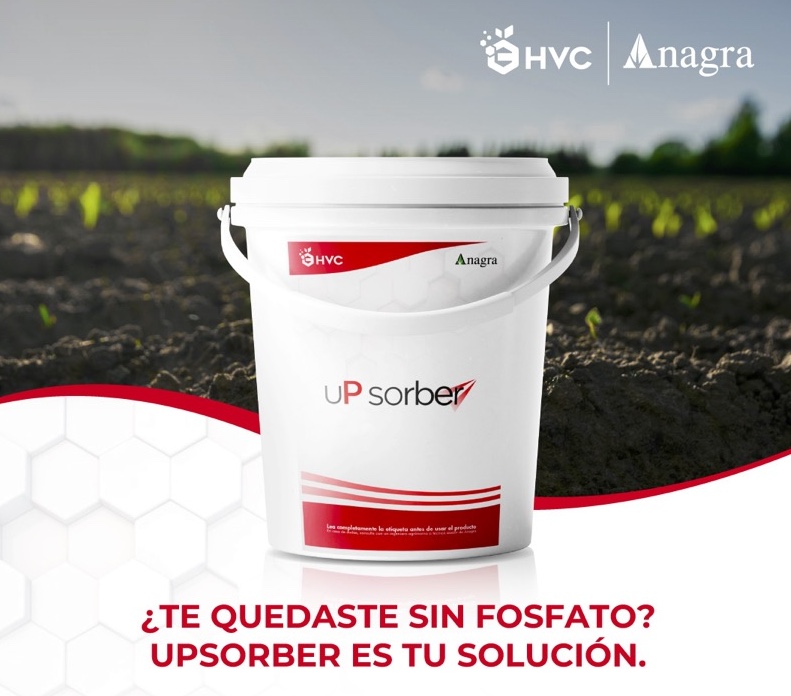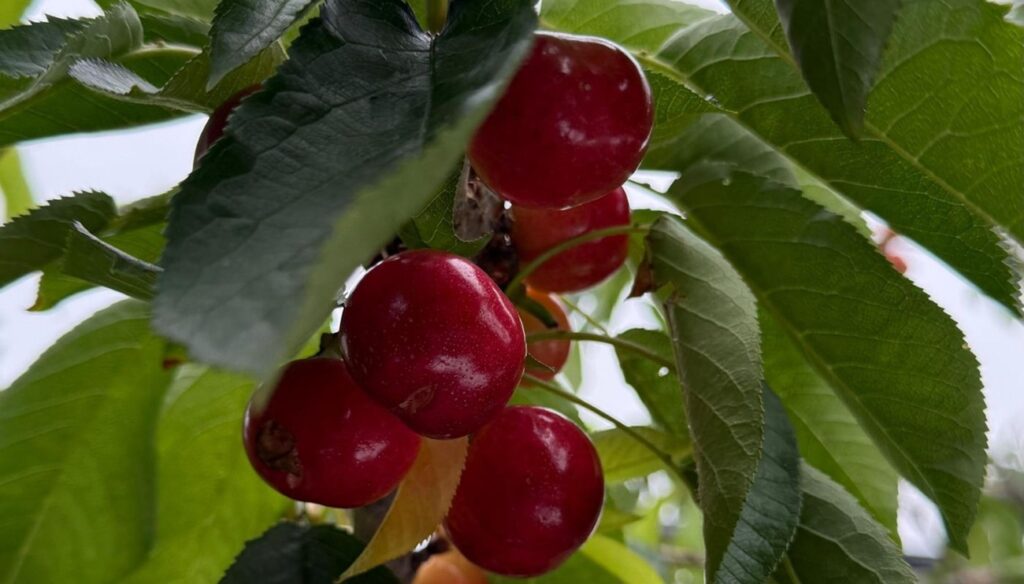By: Héctor García O., Co-Founder and General Manager of Diagnofruit Laboratories Ltda, SOCHIFIT and AMICH Member.
[email protected]
Currently, in our society, the bactericidal properties of copper (Cu) are very popular. In the 90s, the incorporation of this mineral in public facilities such as the Santiago Metro, specifically in the handrails, was widely publicized, emphasizing that our Copper was more than just a conductor of electricity; then the same idea moved to more everyday items, such as copper fibers in our socks and other clothing items, which are easy to find in stores. Today, the idea was updated and adapted when the production of masks with copper fibers for use in the pandemic began, providing greater safety with continuous use, according to its manufacturers.
However, the initial knowledge of the bactericidal properties of copper would be more closely linked to agriculture, especially viticulture; in fact, the first copper-based antimicrobial compound (CABC) used was the well-known Bordeaux mixture (pentahydrated copper sulphate and lime), which was accidentally discovered in 1885 by the French scientist Pierre-Marie Millardet. At that time, grape producers in Bordeaux used this mixture to make the fruit less attractive to humans and animals, it was then that Millardet noticed that the applied fruit was free of mildew (Plasmopara viticola), opening knowledge to all developments known to date.
One of the advantages of Bordeaux mixture and other CABCs is their low cost (although we must consider fluctuations due to the price of Cu on the stock exchange) which, together with an acceptable degree of efficiency, makes them a widely used product. However, CABCs are currently under scrutiny and we must know the advantages and disadvantages of this metal for the generation of sustainable agriculture.
What is the secret of CABCs success in agriculture?
Essentially we can describe 4 aspects that entail the success of using copper compounds for the control of plant diseases:
- Relatively high toxicity to various phytopathogens
- Low cost
- Low toxicity to mammals of the fixed Cu compounds
- Good chemical stability, which prevents them from being easily washed from plant surfaces, generating prolonged residual periods.
In this way, CABCs have become a fundamental part of integrated disease management systems, where together with cultural management they are a fundamental piece for the control of bacteria, certain fungi and oomycetes; in cherry trees, their use is primarily aimed at controlling bacteria of the genus Pseudomonas, causing the well-known “Bacterial Cancer”.
Pathogen control mechanism
The first important thing to mention is that copper is strictly used as a protector since it has no curative or systemic activity. In this way, CABCs reduce the amount of inoculum, decreasing the probability of infection. Copper can be found fixed or free (ionic copper or CU +2) after applying a CABC to a plant. Ionic copper is that which has the antimicrobial activity, while fixed copper (in these cases it is what we could call metallic copper) is the source. Ionic copper is slowly released from the fixed copper, generating a power of control over time, ensuring a low probability of poisoning the plant, since at the same time, excess free copper has harmful effects on the plant unlike the fixed copper.
In plants, fixed Cu is predominantly insoluble and once applied Cu particles may or may not adhere to leaf surfaces, providing a protective film. Such a film acts as a reservoir that, upon contact with water and low pH, slowly releases Cu ions that, as we noted, are toxic to cells.
microbial. The amount of copper ions in leaves or trunks depends on the balance between complexed and soluble forms of Cu; thus, the microbiota and plant exudates also play an important role in the balance since they can reduce the pH of the solution, increasing the solubility and availability of Cu, In apples, for example, leaf damage increases as autumn approaches and may be related to exudates.
Cu acts as a broad spectrum biocide In high concentrations due to its interaction with nucleic acids, alteration of the active sites of enzymes, interference with the energy transport system and finally, the alteration of the integrity of cell membranes.
Diversity of Copper-Based Antimicrobial Compound Formulations
Table 1 shows the most commonly used antimicrobial copper compounds for the management of foliar diseases caused by bacteria, fungi and oomycetes. There is a wide variety of copper-based products, and probably those most commonly used in Chile are: Copper sulfate pentahydrate, Copper hydroxide, and Copper oxide. As we mentioned, the proportion of ionic copper they release is one of the factors to evaluate when choosing one or the other, which is closely related to solubility.
In this way, copper sulphate pentahydrate is the formulation with the highest solubility, which ensures an immediate and rather short-term delivery of Cu +2, unlike what happens with copper hydroxide and oxide, where the peak release is obtained a few days after application, achieving a more extended protection effect over time, although with a lower release, always depending on the dose, among other factors. In the second part of this article we will review the different contributions in terms of total copper that each type of CABCs generates in each application.

Optimized Copper Use and Recommendations for Cherry Tree Applications
The number of sprays depends mainly on the availability of plant tissues susceptible to disease and Cu (e.g., flowering season in cherry trees) and environmental conditions that predispose to pathogen attacks, (e.g., Pseudomonas (in cherry trees during frost or rain). Something important to mention is that increasing the dose or frequency of applications of CABCs does not necessarily increase disease control and may end up generating a hostile environment for the plant; in this way, modern fruit growing is betting on reducing the dose and number of applications of copper-based products. So, to optimize the use of copper, in order to reduce intoxication processes and maintain control of Pseudomonas, the recommendations to consider are:
a) Establish a good diagnosis of the farm. Carry out phytopathological analyses to determine whether the plants are being attacked by Pseudomonas, it is extremely easy to confuse with Cytospora and/or other fungi that cause cankers in wood. In extreme cases, quantifications can be established to define inoculum peaks in the orchard and fine-tune control. If pathogenic Pseudomonas is present, establish whether they are resistant to Cobres. Once the diagnosis is completed, count, mark and map the progress or decline of the disease every year. This is the only way to know the real production losses in the field.
b) Characterize the risk (susceptibility) of the orchard. Define whether the production unit is located in a risk zone due to extreme weather events, mainly frost and continuous rainfall. Accompany this characterization with relevant fixed information such as variety, rootstock, formation; each of these data can help define degrees of susceptibility to bacterial cancer.
c) After establishing and analyzing what is described in a and b with the maximum possible information, we must generate a base application plan based on CABCs. First, two types of applications for CABCs are defined: winter (break) and autumn (leaf fall). In a very general way, orchards with low prevalence, low susceptibility and without extreme weather conditions should plan winter applications with 30-day windows or simply apply under conditions, that is, when frost is forecast, if possible before or immediately after. On the contrary, in orchards with high prevalence, high susceptibility and cold conditions, for example, orchards in the foothills or southern zone, winter applications should be carried out with windows between 20 and 25 days and under intercalary (add) applications.
d) In winter, the use of copper hydroxide or cuprous oxide should be preferred, until the bud swells.
e) For autumn applications, at 50 and 90% of leaf fall, use copper sulphate pentahydrate. It is important to establish and carry out leaf fall curves, to properly schedule the mentioned applications and date the exact point at which we mark the beginning of the accumulation of cold hours, to perfectly describe the crop phenology for this and other managements.
f) Finally, due to the nature of CABCs control, where contact with the pathogen with Cu +2 is necessary, and/or covering the possible entry zone, all the handling and techniques that have to do with optimizing application in terms of calibration and coverage are strictly necessary for the success of the application.
Considering the above, CABCs in particular have been studied in various crops around the world with success for TRV (Tree Row Volume) or VHA (Tree Row Volume) type applications, increasing control, reducing costs and impact on the environment; therefore, adopting and adapting this type of techniques to our orchards is of utmost importance.
In this article we review the main virtues of Copper and recommendations for use in cherry trees. In a next installment, we will use the magnifying glass again to observe in detail the current view of the use of copper in agriculture, in relation to certain problems such as: phytotoxicity,
regulations for use to prevent soil contamination and at the same time we will review alternatives, such as bio-remediation, to “detoxify” contaminated systems where sustainable production becomes more complicated than the attack of diseases, where the phrase “the remedy was worse than the disease” becomes important.



